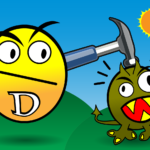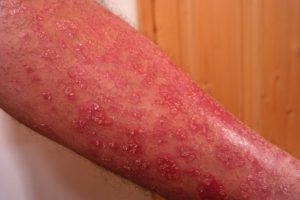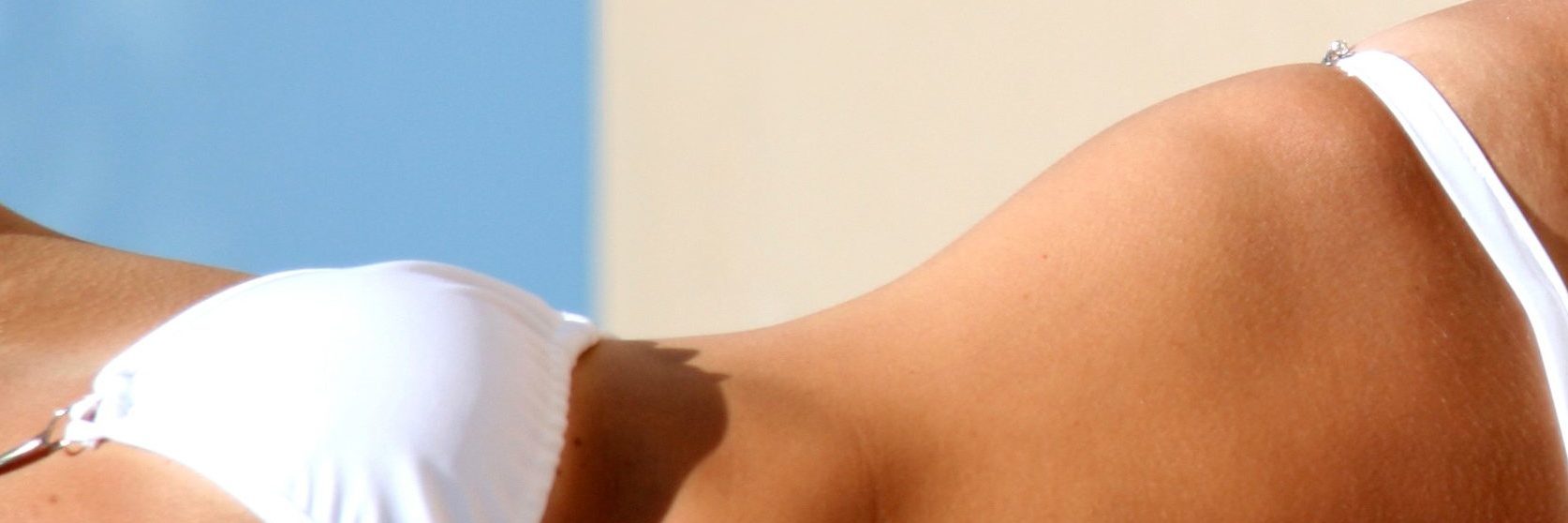The Family Hairloom, Inc. began offering tanning services in 1995 and has been providing great results to customers ever since. While tanning is often depicted in mainstream media in negative manner, there are many positive effects from regular sun or ultraviolet light exposure. The obvious benefit is cosmetic but beyond improving your appearance, tanning can assist you with other aspects of your life. While we are often told to shun the sun, think about the logic….the sun is the basis for all life on our planet. While overexposure to sunlight does carry risks, the consequences of sun avoidance are often far worse. We encourage you to explore some of the benefits below.
- Vitamin D: Ultraviolet light from tanning units is the same wavelength generated by the Sun. Studies have shown regular exposure to Ultraviolet light increases natural Vitamin D levels. In fact, one tanning session will allow your body to naturally produce 10,000-20,000 I.U. of Vitamin D.
 Since the only other natural source of Vitamin D is cod liver and fatty fish, Governments began mandating supplementation of Vitamin D in milk in the 1930’s. While supplementation does work, it creates a risk of toxicity that cannot occur when the body produces Vitamin D from UV exposure. You would need to consume over 1000 glasses of milk to obtain the same amount of Vitamin D your body produces during one tanning session. In addition, without Vitamin D your body cannot absorb calcium which maintains strong bones, teeth and reduces the risk of osteoarthritis. Low Vitamin D levels are also associated with a number of diseases and illness including breast cancer.
Since the only other natural source of Vitamin D is cod liver and fatty fish, Governments began mandating supplementation of Vitamin D in milk in the 1930’s. While supplementation does work, it creates a risk of toxicity that cannot occur when the body produces Vitamin D from UV exposure. You would need to consume over 1000 glasses of milk to obtain the same amount of Vitamin D your body produces during one tanning session. In addition, without Vitamin D your body cannot absorb calcium which maintains strong bones, teeth and reduces the risk of osteoarthritis. Low Vitamin D levels are also associated with a number of diseases and illness including breast cancer.
As Vermonters, we only receive enough exposure to produce Vitamin D from natural sunlight during the summer months. It is estimated that 1 billion people worldwide are significantly Vitamin D deficient.
- Skin Conditions – eczema & psoriasis: Despite the American Dermatological Association’s anti-tanning platform, dermatology offices often have “medical” tanning units in their offices. Why? UVB light is very effective at treating skin conditions like psoriasis and eczema.
 Treating these conditions at $10 per visit is far more affordable than most co-pays for a visit to the Dermatologist’s office, assuming your health plan actually covers the procedure. A countless number of our clients find relief from their skin conditions with regular visits.
Treating these conditions at $10 per visit is far more affordable than most co-pays for a visit to the Dermatologist’s office, assuming your health plan actually covers the procedure. A countless number of our clients find relief from their skin conditions with regular visits. - Immune System Support: Vitamin D levels boost your immune system and can reduce the risk of flu infection by over 40% according to a study published in Medical News Today (https://www.medicalnewstoday.com/articles/161618.php) . Have you ever stopped to think about the time of year that you get sick? Ever wonder how the sun and your exposure to it may be a factor?
- Reduced Risk of Diabetes: People with Type II Diabetes and low Vitamin D levels have been shown to have reduced insulin secretion and glucose intolerance.
- Slower Cancer Growth and decreased risk: Some studies have suggested that calcitriol (the hormonally active
 form of Vitamin D) can reduce cancer progression by slowing the growth and development of new blood vessels in cancerous tissue, increasing cancer cell death, and reducing cell proliferation and metastases. Vitamin D influences more than 200 human genes, which could be impaired when we do not have enough Vitamin D. According to Web MD “there is recent and mounting evidence that links low levels of the vitamin to an increased risk of type 1 diabetes, muscle and bone pain, and, perhaps more serious, cancers of the breast, colon, prostate, ovaries, esophagus, and lymphatic system”.
form of Vitamin D) can reduce cancer progression by slowing the growth and development of new blood vessels in cancerous tissue, increasing cancer cell death, and reducing cell proliferation and metastases. Vitamin D influences more than 200 human genes, which could be impaired when we do not have enough Vitamin D. According to Web MD “there is recent and mounting evidence that links low levels of the vitamin to an increased risk of type 1 diabetes, muscle and bone pain, and, perhaps more serious, cancers of the breast, colon, prostate, ovaries, esophagus, and lymphatic system”. - Other Significant Diseases: There is a direct correlation between low Vitamin D levels and other significant illnesses like cardiovascular disease, hypertension, multiple sclerosis, autism, Alzheimer’s disease and rheumatoid arthritis.
- Seasonal Affective Disorder: Most of us cherish the summer months but as the season wains and the days get shorter, we often have a difficult time adjusting. The addition of a time change each fall makes many of us enter a mild to severe depression. The symptoms are different for everyone but commonly include loss of motivation and energy, changes in appetite. weight gain and a sense of always being tired. According to the Mayo Clinic, common factors are:
- Your biological clock (circadian rhythm). The reduced level of sunlight in fall and winter may cause winter-onset SAD. This decrease in sunlight may disrupt your body’s internal clock and lead to feelings of depression.
- Serotonin levels. A drop in serotonin, a brain chemical (neurotransmitter) that affects mood, might play a role in SAD. Reduced sunlight can cause a drop in serotonin that may trigger depression.
- Melatonin levels. The change in season can disrupt the balance of the body’s level of melatonin, which plays a role in sleep patterns and mood.
☀Tanning Rates☀
( ALL PRICES INCLUDE TAX )
BEDS
- SINGLE SESSION: $10
- 3 SESSIONS: $27
- 6 SESSIONS: $51
- 9 SESSIONS: $74
- 12 SESSIONS: $96
- 18 SESSIONS: $140
- 24 SESSIONS: $180
STAND-UPS
- SINGLE SESSION: $12
- 3 SESSIONS: $33
- 6 SESSIONS: $63
- 9 SESSIONS: $92
- 12 SESSIONS: $120
- 18 SESSIONS: $176
- 24 SESSIONS: $228

